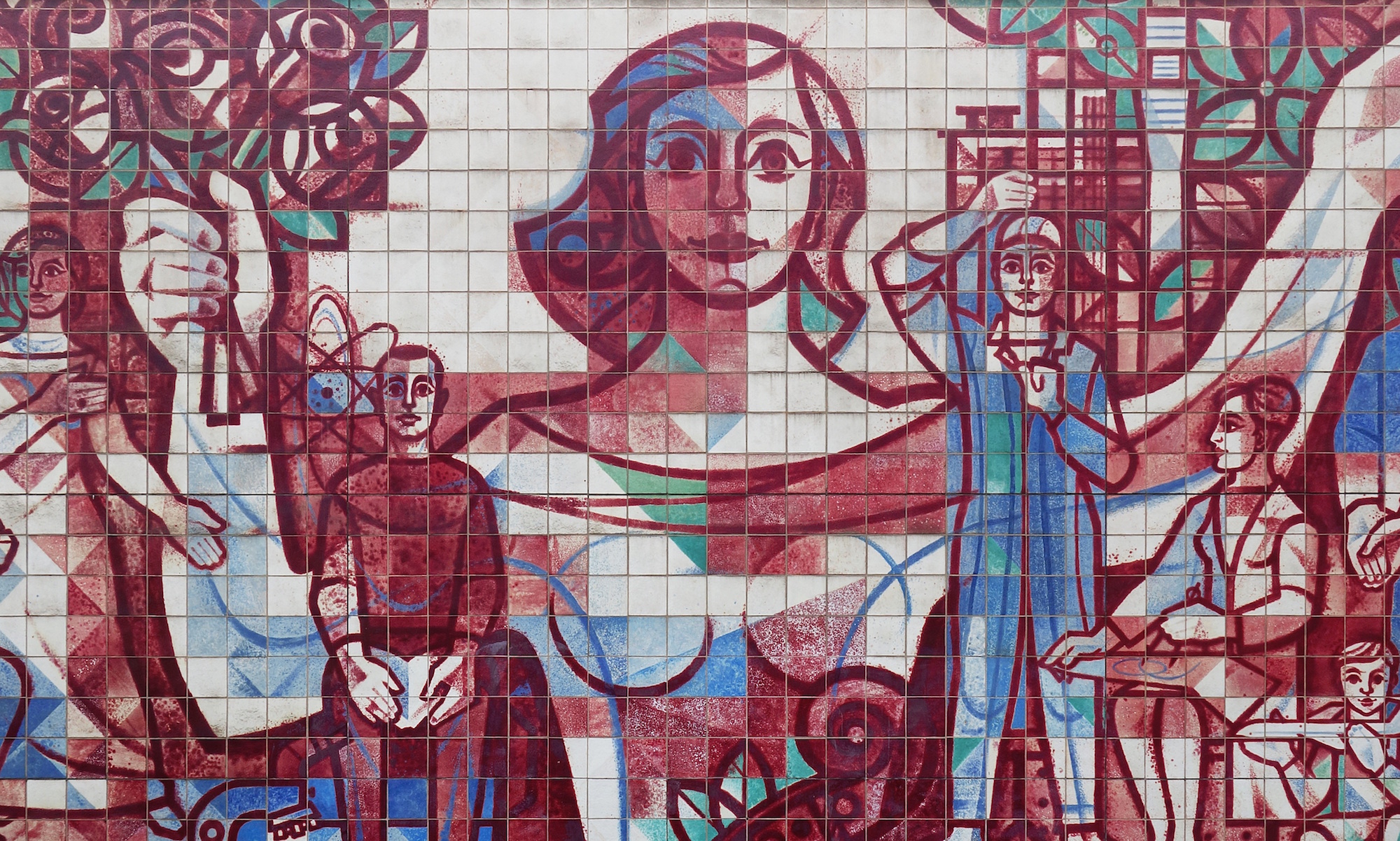
Homeowners in the US regularly protest plans for building housing for the homeless in their neighborhoods, fearing the decline of nearby property values. Headlines such as “Despite Opposition, Housing Project Advances,” and “Housing for Homeless Draws Resistance” regularly appear on the KnowledgePlex (a group that compiles urban news from around the US) website showing this as a common belief.
Tim Bruer, member of Madison’s Community Development Authority, says that “housing for the homeless would further concentrate poverty on [Madison’s] South Side and obstruct efforts to bring economic development to the area.”
But, from what we see happening in Philadelphia, Bruer’s wrong.
Sister Mary Scullion, of Philadelphia’s Project HOME, says, “I think real estate values actually increase when we put a facility for the homeless in a neighborhood,” in an interview with the Philadelphia Inquirer.
And according to a recent study, she’s right. “Where homes in Philadelphia have risen in value an average of 5 percent since 1993, they have risen 6.8 percent within a quarter mile of Project HOME sites.”
The property values surrounding Project HOME’s developments increased value faster than the rest of Philadelphia because they chose to locate in economically distressed neighborhoods and improved the buildings that would have normally sat vacant.
According to Dennis Culhane, a social policy professor at Penn who studies the effect of public housing on Philadelphia real estate prices, “Even if these sites alone are not driving the better-than-average property-value increases, they certainly are not dragging these property values down.” So housing for the homeless doesn’t “obstruct efforts to bring economic development,” it actually facilitates economic development.
Another reason might be better design. New developments blow away the cinder block, utilitarian buildings of the past. Design and environmental efficiency are now a priority, and might be even out pacing the private market in green design innovation. According to the Chicago Tribune, “A growing number of architects, from established stars to ambitious up-and-comers, are looking to such projects as an opportunity to do innovative work.”
Don’t believe me. Check out what’s going on in Seattle, or Santa Monica, or read what even right-wing Forbes has to say in “Low-Income-Housing Builders See Green.”



